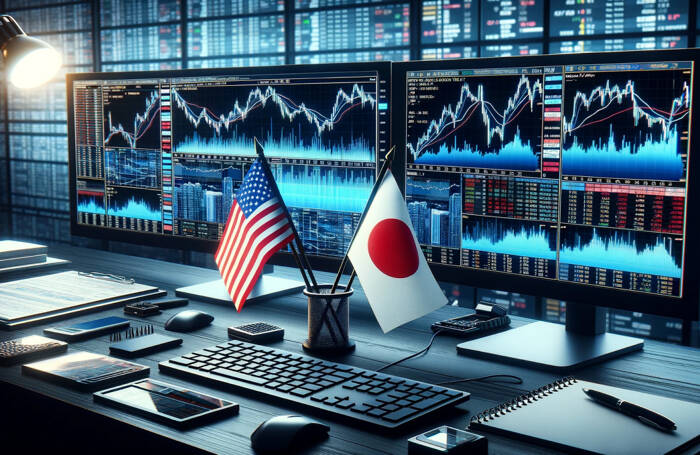However, the impact of this geopolitical uncertainty is spreading to Europe and commodity-exporting countries. Moreover, China has restricted exports of critical minerals and imposed 125% tariffs on US goods. This affects the semiconductor, auto, and industrial metals sectors.
Powell’s Dilemma and Uncertainty
On the other hand, President Trump’s messages to Federal Reserve Chair Powell, including repeated calls for rate cuts, have unsettled investors’ confidence. If rate cuts occur under external influence while inflation rises due to tariffs, the US dollar’s credibility may erode. A weaker dollar could trigger capital flight from US assets to other asset classes. Trade instability, inflation risks, external pressure on the Fed, and slowing growth contribute to the weakness in the US dollar.
US-Japan Trade Tensions Escalate: Auto Tariffs and Yen Surge
Trump’s 25% tariff on car imports opposes the 2019 US-Japan trade deal. Prime Minister Shigeru Ishiba expressed serious concerns over this contradiction. Since cars are a major part of Japan’s exports and vital to its economy, the tariffs have created uncertainty in the Japanese market. These tariffs could also put millions of auto-related jobs at risk.
The Japanese yen reacted to this tension and increased sharply, sending the US dollar to a seven-month low of 140.61 Yen. Markets fear that Japan may be pressured to strengthen the yen to reduce the US trade deficit, which could further harm Japanese exports.
Despite recent tensions, the US trade deficit narrowed to $122.7 billion in February 2025 from a record $130.7 billion in January. However, this decline was likely temporary and driven by front-loaded imports ahead of expected tariffs.


